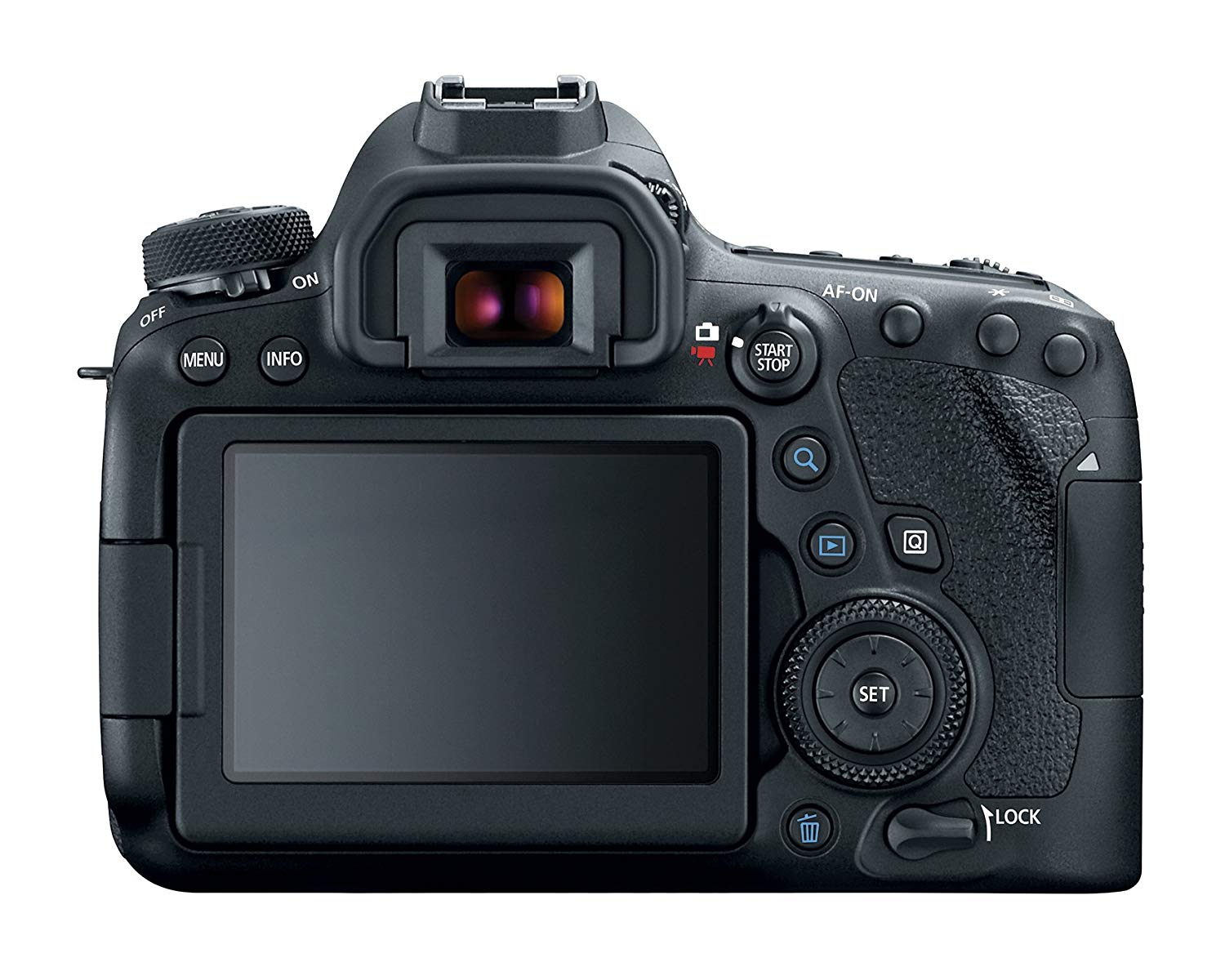
The 70D has a 19 point AF system where all the points are cross-type (it basically pinches the 7D's focus system with the exception that a 7D can do spot AF and the 70D cannot.) It's a 9 point AF system with 8 single-axis focus points configured in a roughly "diamond" shape pattern and a single "cross-type" AF point in the center. The 5D II has a focus system a lot more similar to the older Rebel bodies. And sure the crop-factor difference means that a 24-105 lens on a 5D II body will really achieve quite a different "look" than the same lens on an APS-C body. Sure the photo-sites on the 5D II are larger so they are more efficient at gather light and that translates to lower noise. There's the obvious distinction that one is full-frame and the other is crop-frame. The two camera really are completely different. It's a relatively inexpensive accessory and won't take up much room in your kitbag either.I don't have a 70D, but I do still have my 5D II. If you need to be sure of a level horizon, then a hot-shoe spirit level is your answer. Will you notice one degree? Probably not, but it'll depend on how much margin your camera displays – for the entry level models like the Canon 800D, the level can only display either 1º or 2º or more, More advanced cameras like the EOS 5D Mark IV show one degree marks up to 7.5º or higher.
#Canon 5d mark iii vs 6d mark ii forum manuals
In all the Canon EOS instruction manuals it says that there is a margin of error of approximately ☑° with these electronic level systems.

This system also works with the camera rotated to a portrait format. The aim is to adjust the angle of the camera until all the black rectangles along the horizontal and vertical lines disappear, leaving just the black square in the centre. When you partially depress the shutter button, a group of arrows (top left) will appear at the top of the viewfinder. Go to the Viewfinder display in the setting (yellow) menu, select the Electronic level item and set Show. These cameras take the electronic level a step further by showing horizontal and vertical tilt. Works in both landscape and portrait formats.ĮOS-1D X Mark II, 5D Mark IV, 5DS, 5DS R, 6D Mark II, 7D Mark II This is not difficult and has the advantage of using a display already available in the camera. The aim is to move the camera so that the only visible square is over the centre AF point. Press the depth-of-field button on the EOS 5D Mark III (opposite side to the lens release button on the front of the camera), or the pre-assigned button on the EOS-1D X, and you will see squares around one or more of the AF points (left). These cameras use the existing autofocus (AF) points to create an electronic level. The aim is to have just a single arrow showing. Pressing the DoF button shows the degree of tilt in the exposure compensation scale.

Here, you can assign the VF electronic level to the depth-of-field (DoF) button. This brings up the Custom Controls screen.

First you need to go to the Custom Functions tab and select C.Fn III-5. It is not displayed when the camera is rotated to a portrait format. This only works with the camera in a landscape format. The EOS 6D uses the exposure compensation scale as an electronic level. This system operates in both landscape and portrait camera formats. Lines appear around the icon to show when the camera is horizontal, or the degree of horizontal tilt. When you partially depress the shutter button, the electronic level will appear at the bottom of the viewfinder. Go to the EOS 80D, 77D, 800D or 760D Viewfinder display > Electronic level menu (yellow SETUP menu), or the EOS 70D Viewfinder level menu (red SHOOTING tab) and select Show. These cameras are the first to introduce a unique electronic level icon into the viewfinder.


 0 kommentar(er)
0 kommentar(er)
